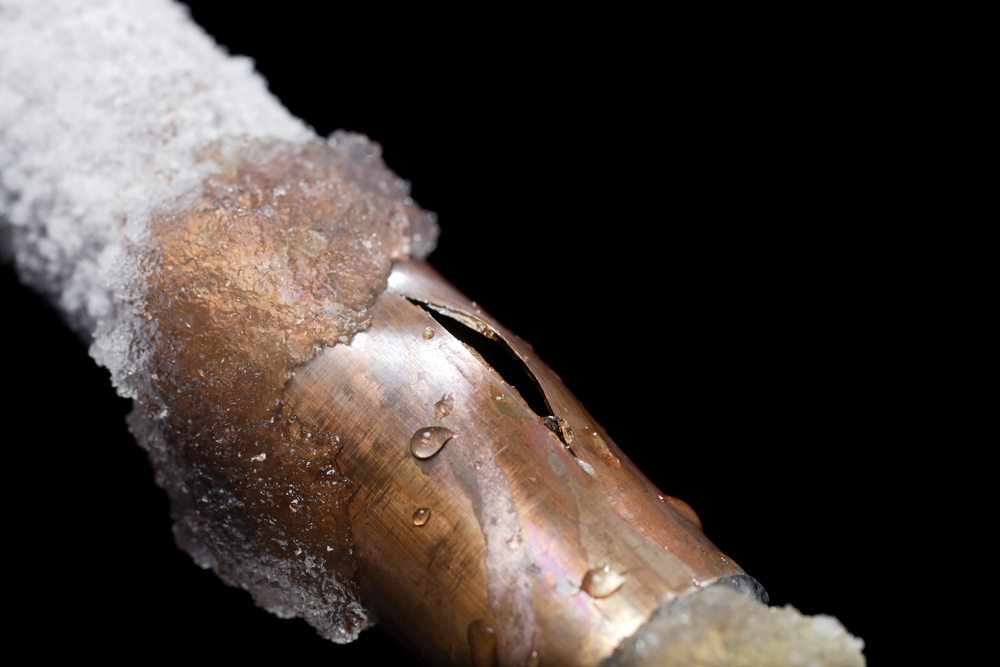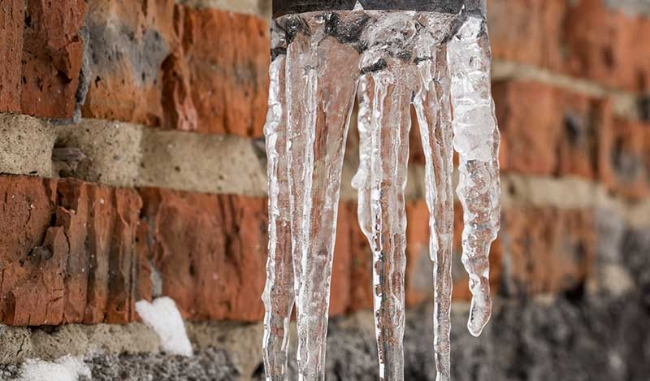Preventing Frozen Pipes in Cold Weather: Pro Tips
Preventing Frozen Pipes in Cold Weather: Pro Tips
Blog Article
What're your thoughts with regards to Preventing and dealing with frozen pipes?

Cold weather can damage your pipes, particularly by freezing pipes. Below's how to stop it from happening and what to do if it does.
Intro
As temperature levels drop, the danger of icy pipes boosts, possibly leading to costly fixings and water damage. Understanding just how to prevent icy pipes is critical for property owners in cold climates.
Avoidance Tips
Insulating prone pipelines
Wrap pipelines in insulation sleeves or make use of heat tape to secure them from freezing temperature levels. Focus on pipes in unheated or external locations of the home.
Heating techniques
Keep indoor areas sufficiently heated, especially locations with pipes. Open cupboard doors to allow cozy air to circulate around pipes under sinks.
How to determine frozen pipelines
Try to find reduced water flow from faucets, unusual smells or noises from pipes, and visible frost on revealed pipes.
Long-Term Solutions
Structural modifications
Consider rerouting pipes away from exterior wall surfaces or unheated locations. Include additional insulation to attic rooms, cellars, and crawl spaces.
Updating insulation
Purchase high-quality insulation for pipelines, attic rooms, and wall surfaces. Appropriate insulation assists preserve consistent temperatures and reduces the threat of icy pipelines.
Safeguarding Outdoor Pipes
Yard hose pipes and outdoor taps
Detach and drain yard hose pipes before winter months. Install frost-proof spigots or cover exterior taps with insulated caps.
Comprehending Icy Pipes
What causes pipes to ice up?
Pipelines ice up when exposed to temperatures below 32 ° F (0 ° C) for prolonged durations. As water inside the pipelines ices up, it increases, taxing the pipeline walls and potentially causing them to burst.
Risks and damages
Frozen pipelines can lead to supply of water disruptions, residential property damages, and costly repair work. Burst pipelines can flooding homes and trigger comprehensive architectural damage.
Indicators of Frozen Pipes
Recognizing frozen pipes early can stop them from breaking.
What to Do If Your Pipelines Freeze
Immediate actions to take
If you suspect frozen pipes, keep faucets open up to relieve pressure as the ice melts. Make use of a hairdryer or towels taken in warm water to thaw pipelines gradually.
Final thought
Stopping frozen pipelines needs proactive actions and quick responses. By recognizing the causes, indicators, and preventive measures, homeowners can secure their plumbing during winter.
5 Ways to Prevent Frozen Pipes
Drain Outdoor Faucets and Disconnect Hoses
First, close the shut-off valve that controls the flow of water in the pipe to your outdoor faucet. Then, head outside to disconnect and drain your hose and open the outdoor faucet to allow the water to completely drain out of the line. Turn off the faucet when done. Finally, head back to the shut-off valve and drain the remaining water inside the pipe into a bucket or container. Additionally, if you have a home irrigation system, you should consider hiring an expert to clear the system of water each year.
Insulate Pipes
One of the best and most cost-effective methods for preventing frozen water pipes is to wrap your pipes with insulation. This is especially important for areas in your home that aren’t exposed to heat, such as an attic. We suggest using foam sleeves, which can typically be found at your local hardware store.
Keep Heat Running at 65
Your pipes are located inside your walls, and the temperature there is much colder than the rest of the house. To prevent your pipes from freezing, The Insurance Information Institute suggests that you keep your home heated to at least 65 degrees, even when traveling. You may want to invest in smart devices that can keep an eye on the temperature in your home while you’re away.
Leave Water Dripping
Moving water — even a small trickle — can prevent ice from forming inside your pipes. When freezing temps are imminent, start a drip of water from all faucets that serve exposed pipes. Leaving a few faucets running will also help relieve pressure inside the pipes and help prevent a rupture if the water inside freezes.
Open Cupboard Doors
Warm your kitchen and bathroom pipes by opening cupboards and vanities. You should also leave your interior doors ajar to help warm air circulate evenly throughout your home.

I hope you liked our section on 6 Ways to Prevent Frozen Pipes. Thanks a ton for taking a few minutes to read our posting. Those who enjoyed our blog entry plz be sure to share it. Thanks for taking the time to read it.
Click Here Report this page